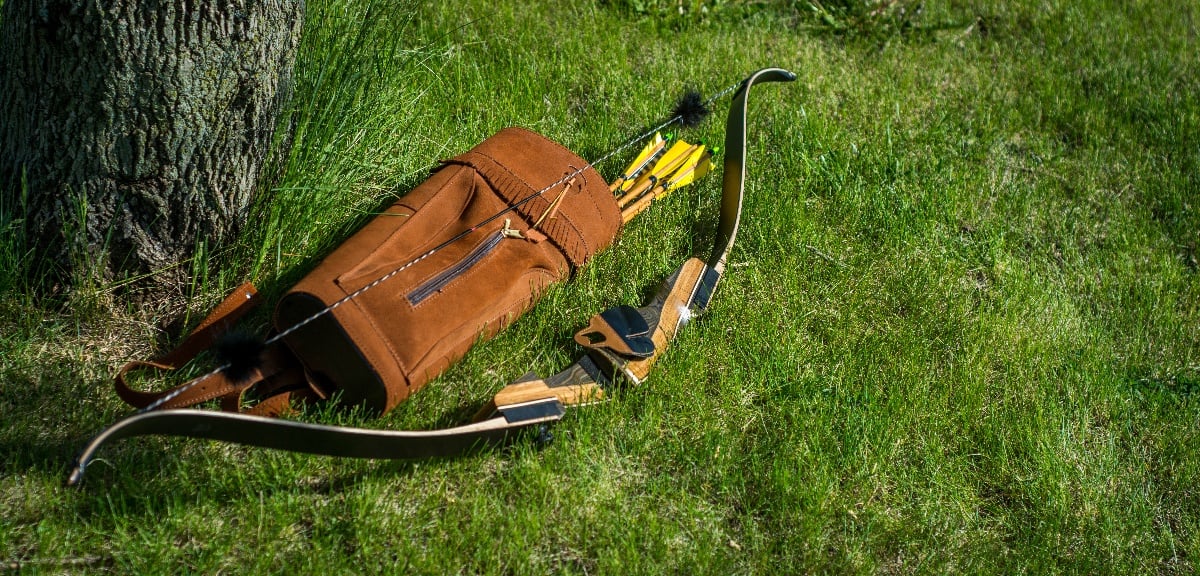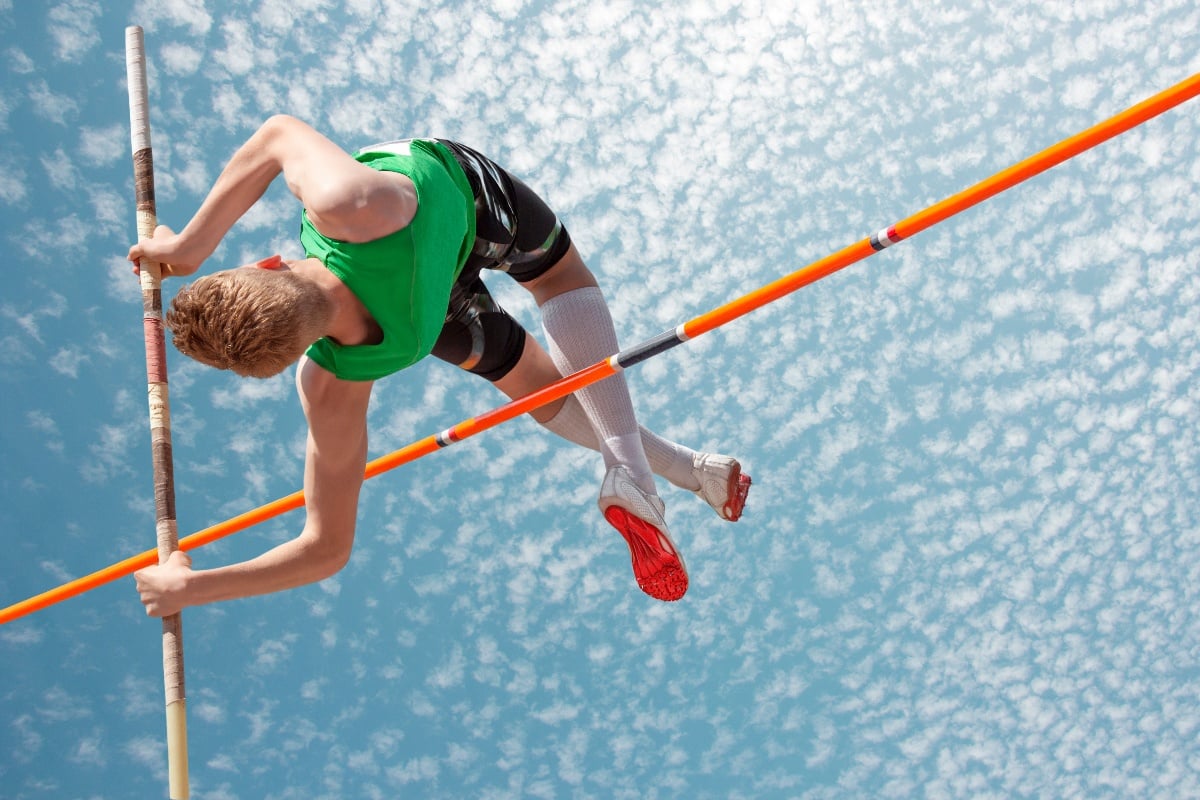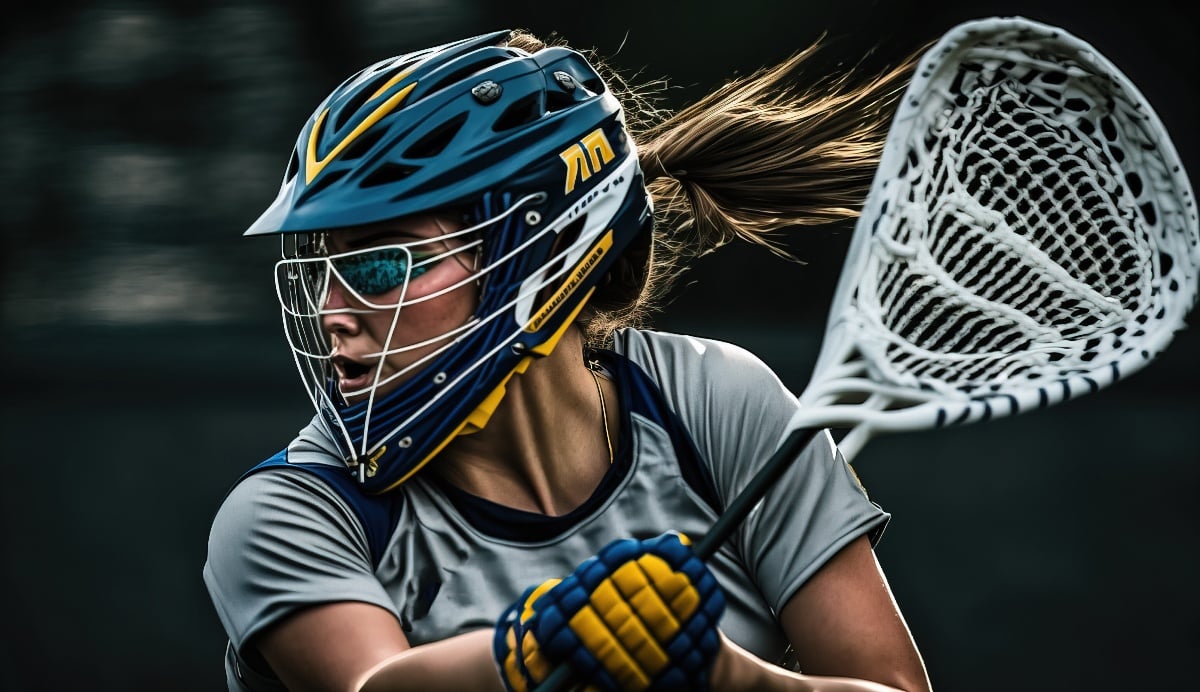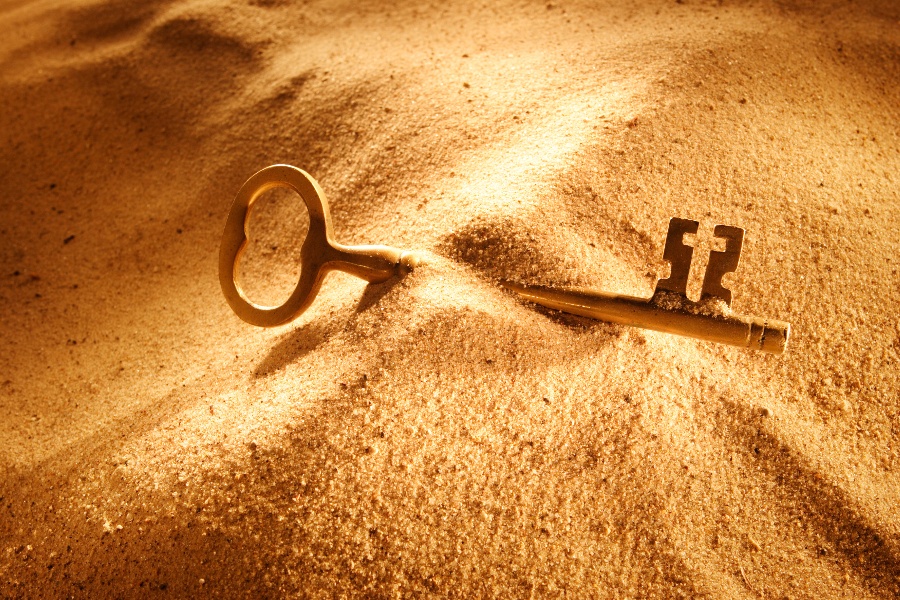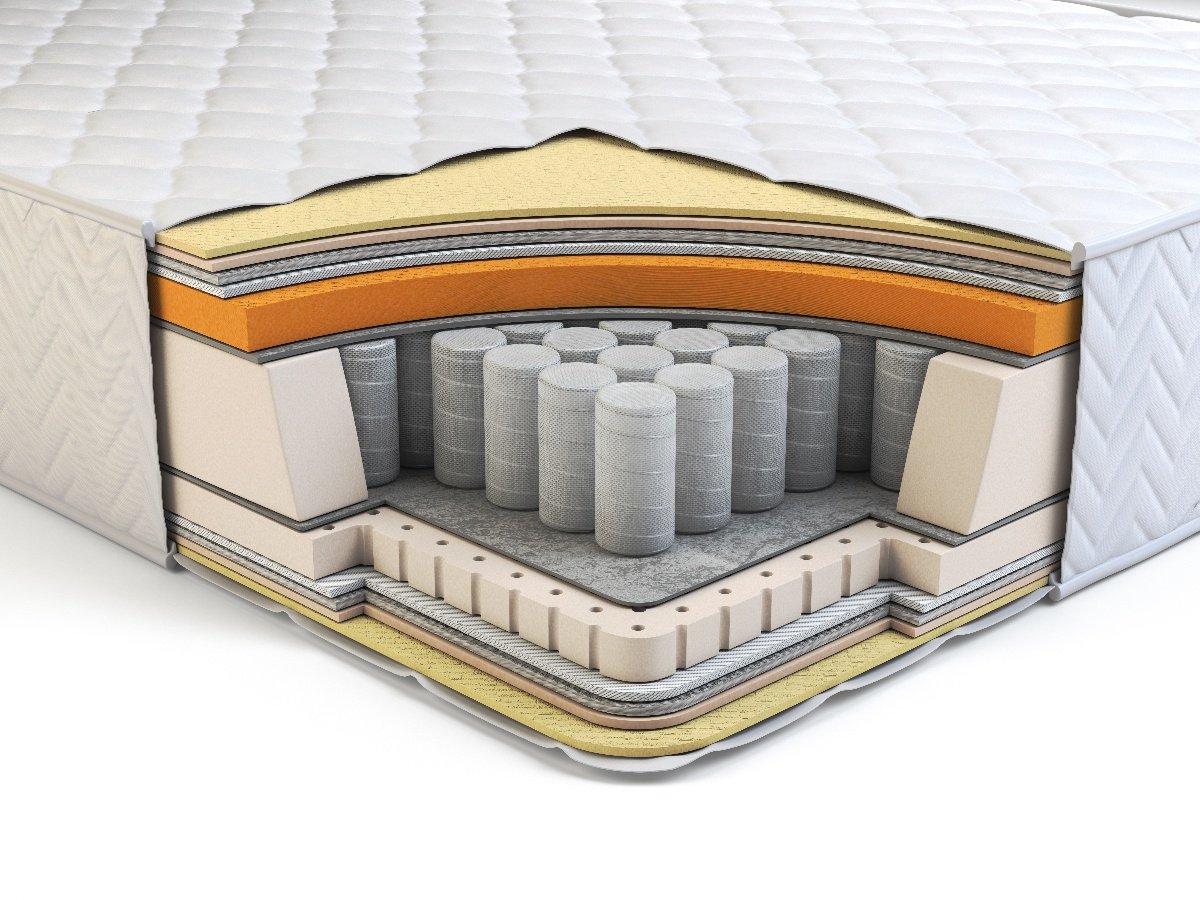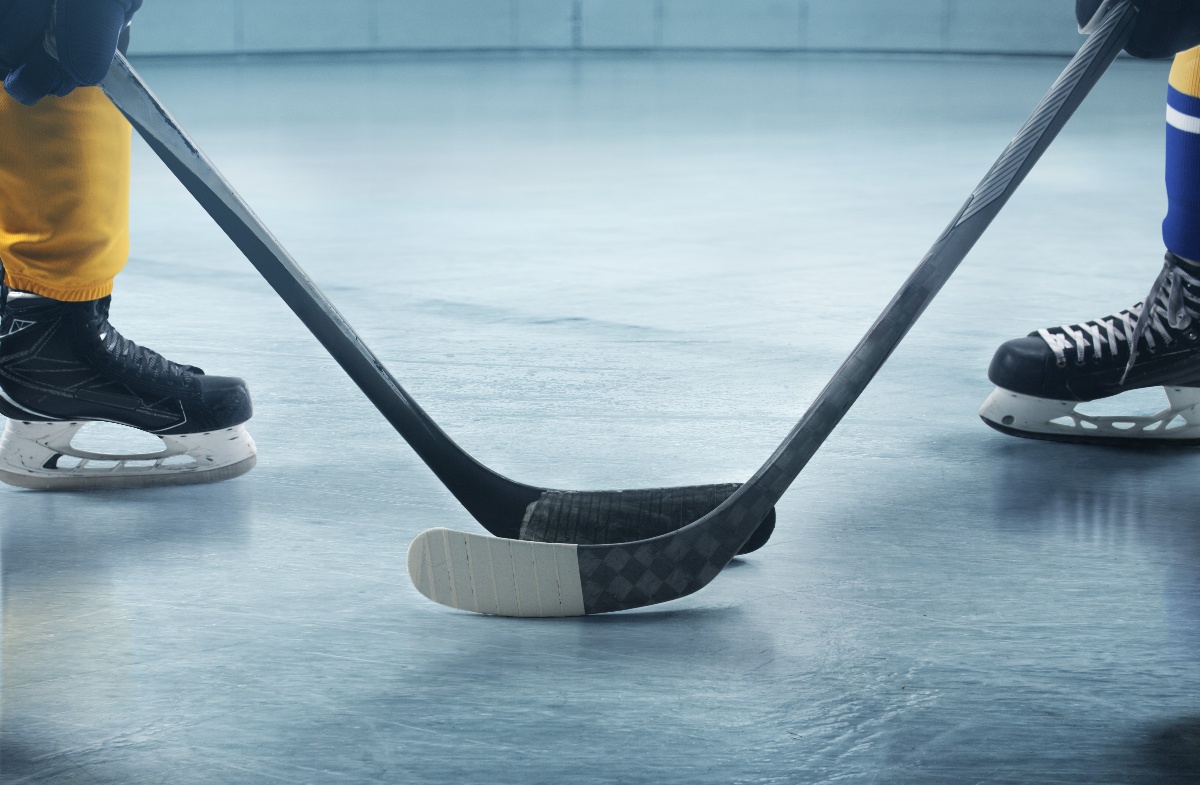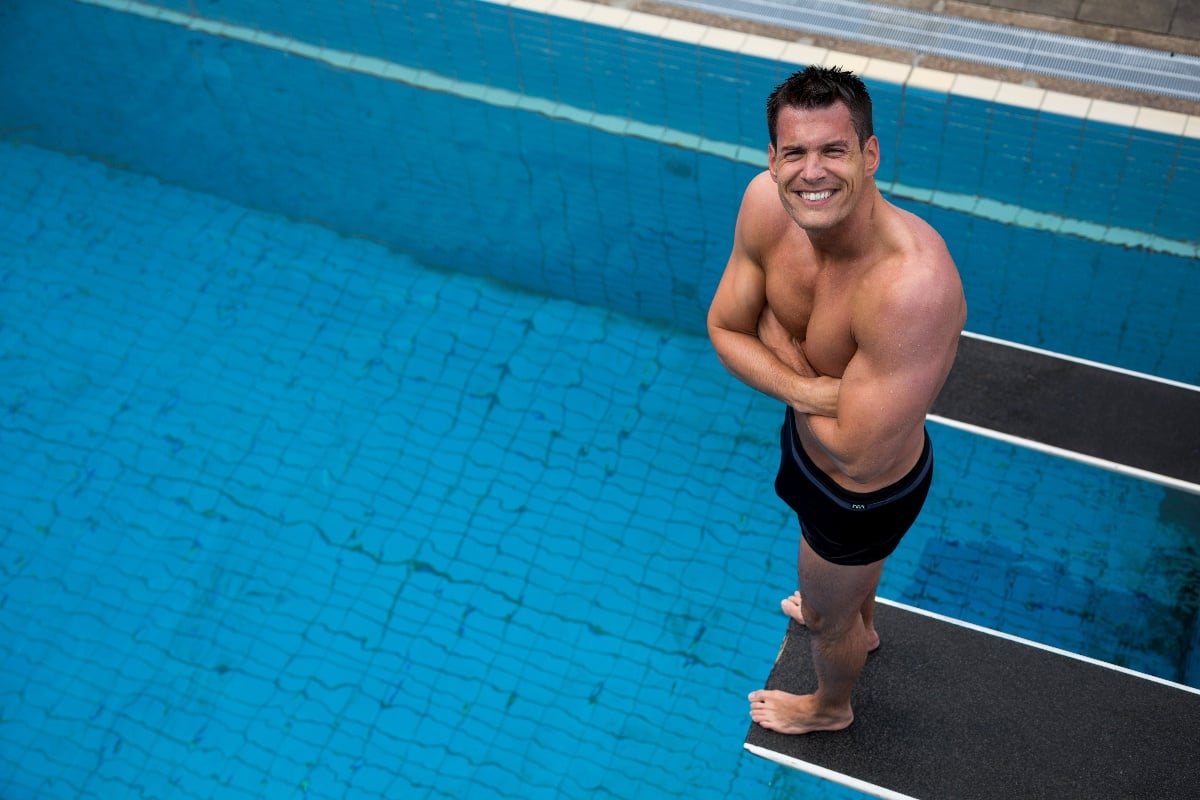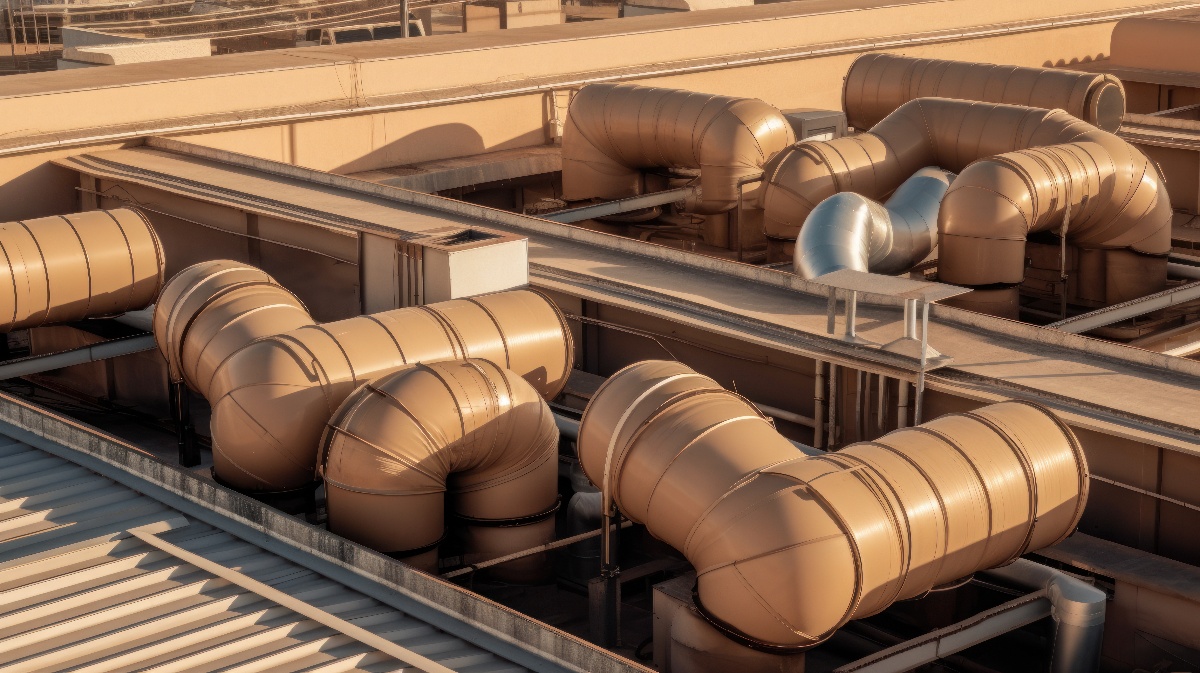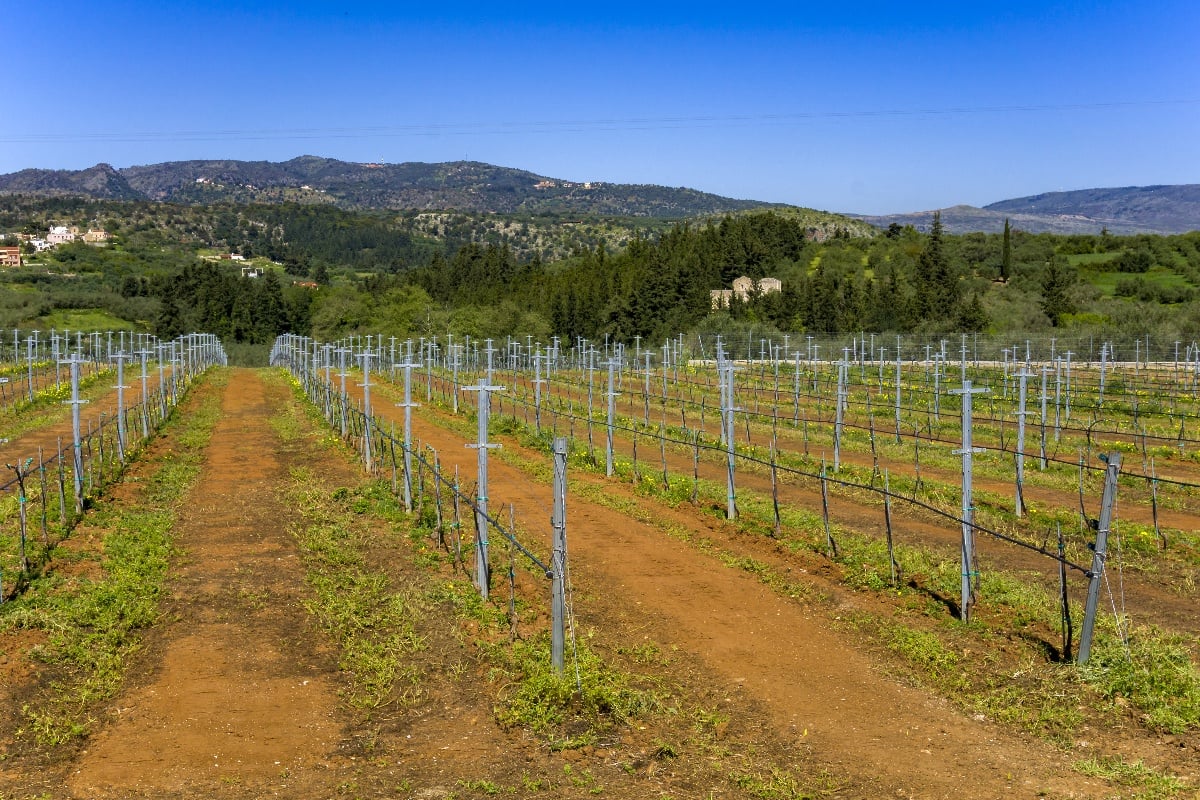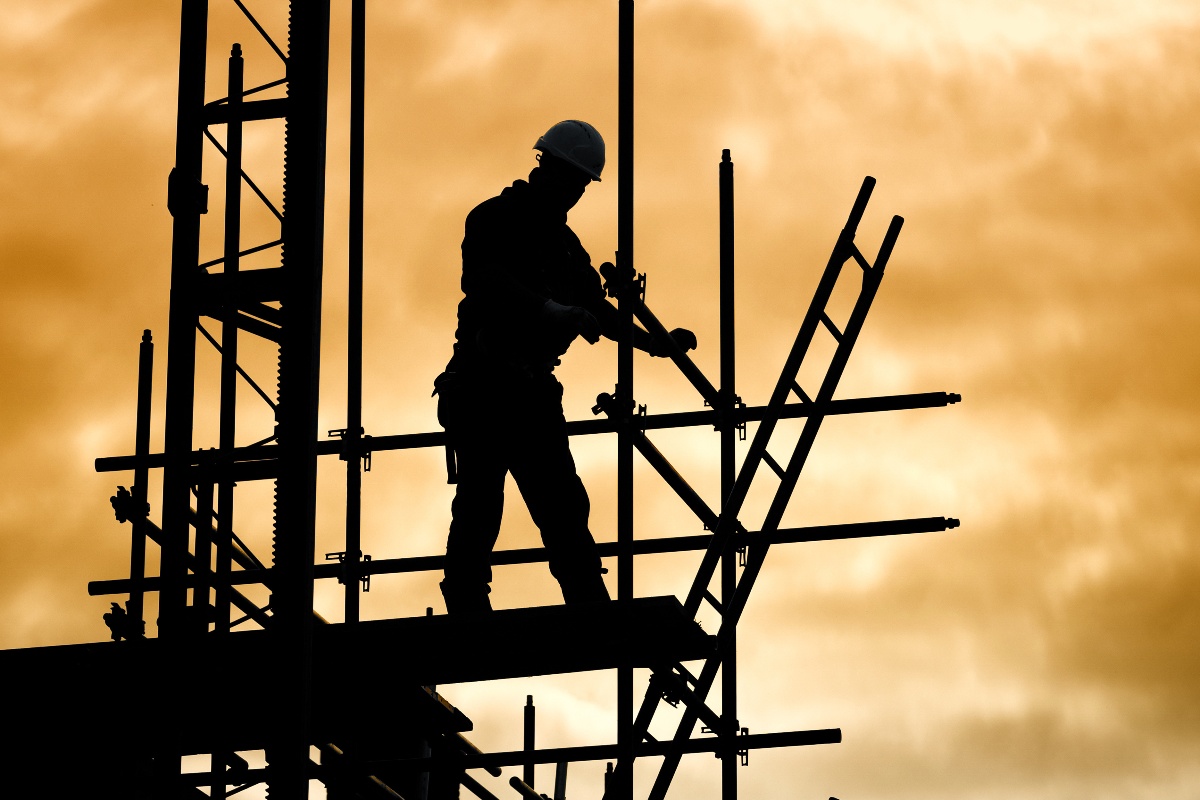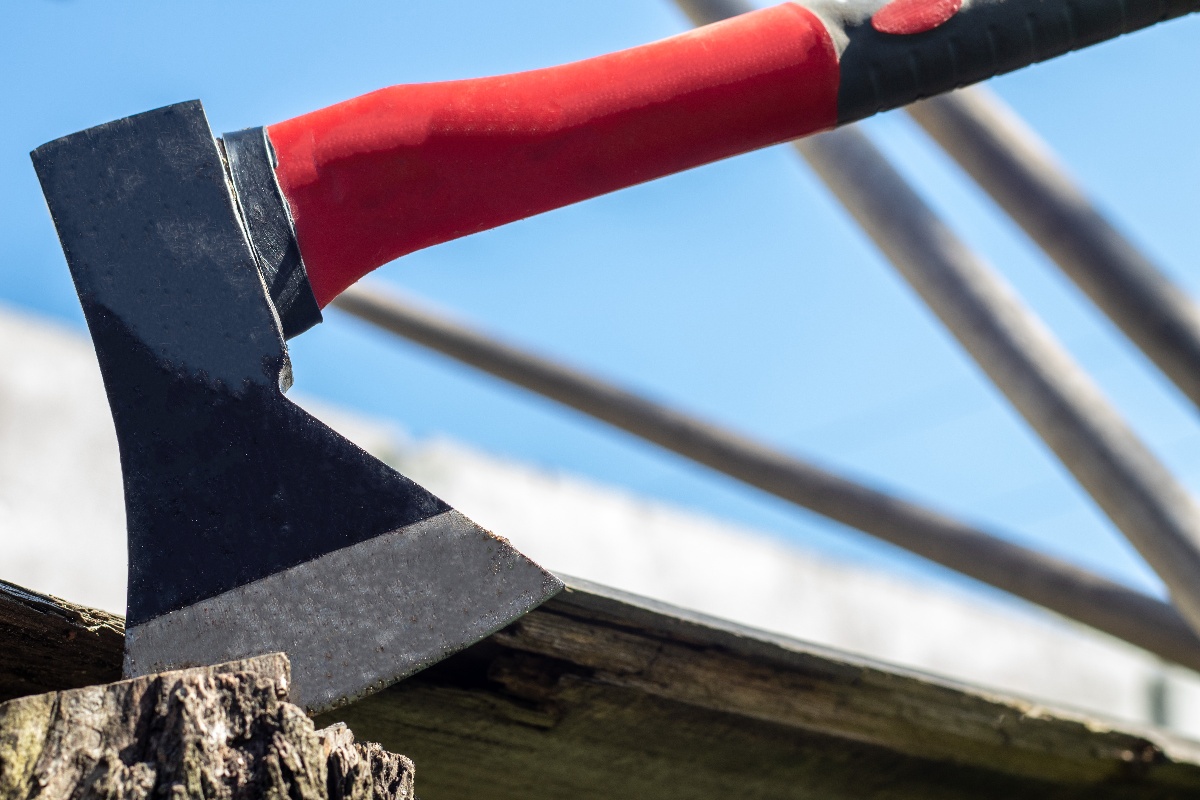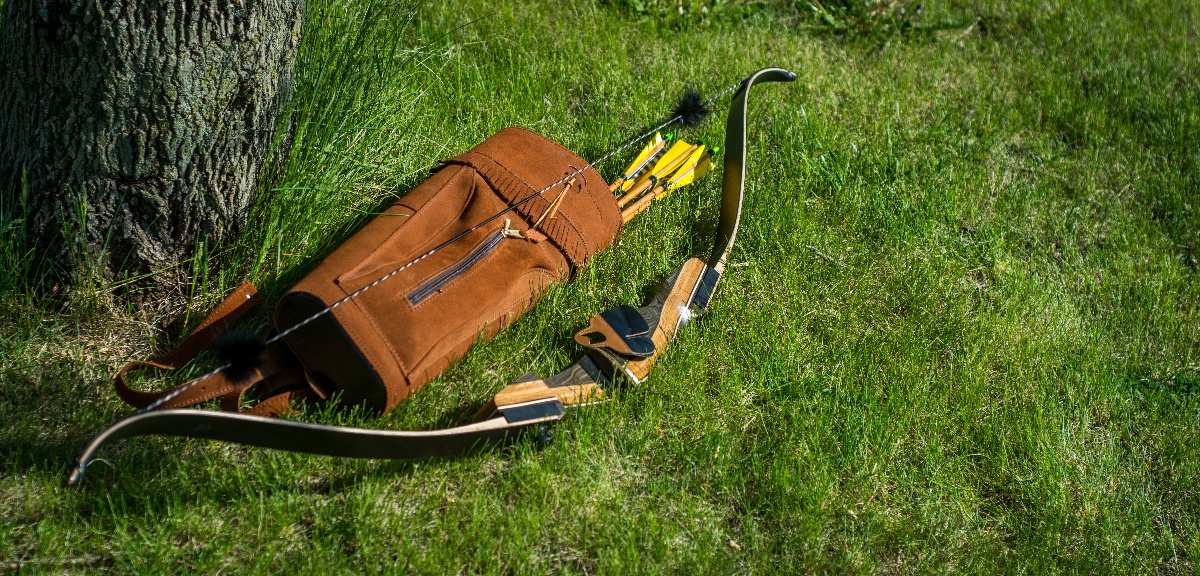
Archery has been an integral part of human history for thousands of years, serving as a crucial tool for hunting, warfare, and recreation. The earliest known evidence of archery dates back to the Late Paleolithic period, around 10,000 BC, with the discovery of arrowheads made from stone and other materials. As civilizations advanced, so did the design and construction of bows and arrows.
Throughout history, various cultures have developed their own unique bow designs, each adapted to their specific needs and available resources. From the simple longbows of medieval England to the composite recurve bows of the Mongols and the advanced compound bows of modern times, the evolution of bow design has been driven by the constant pursuit of improved performance, efficiency, and accuracy.
This article will explore modern bow limb materials, engineering design factors and technology improvements shaping the next era of archery equipment.
Importance of Bow Limb Design and Material Properties in Archery Performance
The limbs of an archery bow play a crucial role in determining its overall performance and shooting characteristics. Bow limbs are responsible for storing and releasing energy, which is transferred to the arrow upon release. The design and material properties of the limbs directly influence factors such as draw weight, arrow speed, accuracy, and overall shooting experience.
Limb design encompasses various aspects, such as shape, length, and cross-section, which affect the bow's draw force curve, stiffness, and stability. Different limb designs, such as recurve, compound, and longbow, each have their own unique characteristics and advantages.
Material properties are equally important in determining the performance of bow limbs. Traditional materials like wood and fiberglass have been used for centuries, while modern materials such as carbon fiber and foam cores have revolutionized bow limb construction. The mechanical properties of these materials, including strength, stiffness, and damping characteristics, directly influence the bow's efficiency, durability, and shooting feel.
Understanding the interplay between bow limb design and material properties is essential for engineers, bow manufacturers, and archers alike. By optimizing these factors, engineers can create bows that excel in performance, consistency, and user experience, ultimately advancing the field of archery and pushing the boundaries of what is possible with this ancient and fascinating technology.
Bow Limb Materials
The materials that make up a bow's limbs are critical in determining its performance and shootability. The limbs must bend and flex to store energy when the bow is drawn, then recover that shape efficiently to propel the arrow. This relies on an ideal balance of material properties like strength, stiffness, flex and durability.
Strength refers to the amount of stress a material can withstand without permanent damage or breaking. Limb materials need enough strength to handle the high forces involved in accelerating arrows over 200 feet per second repeatedly. Stiffness relates to a material's resistance to bending, which affects how much the limbs flex during the draw and release sequence. A specific stiffness is needed so the limbs flex in an efficient, stable way to direct power into the arrows.
Flex and elasticity refer to how well the limbs bend and return to straight shape through many draw/release cycles. Ideal limb materials flex significantly under high loads then snap back to full form without hysteresis losses. Durability encompasses qualities like fatigue and abrasion resistance so the limb stands up to prolonged use without cracking or taking a permanent set. Temperature stability is also important as changes between hot and cold conditions alter the flex characteristics of most materials to some degree.
Fiberglass as a Material for Archery Bow Limbs
Fiberglass has been a popular choice for archery bow limbs due to its unique combination of properties that make it well-suited for this application. Composed of glass fibers embedded in a polymer matrix, fiberglass offers several advantages that have contributed to its widespread use in the archery industry.
One of the key benefits of fiberglass is its high strength-to-weight ratio. Fiberglass bow limbs can withstand significant tensile and compressive stresses while remaining relatively lightweight, allowing for easier handling and reduced fatigue during extended shooting sessions. The material's inherent flexibility also enables bow limbs to store and release energy efficiently, resulting in improved arrow speed and overall performance.
Another advantage of fiberglass is its excellent durability and resistance to environmental factors. Fiberglass bow limbs are less susceptible to moisture, temperature fluctuations, and UV radiation compared to traditional wooden limbs, ensuring consistent performance in various weather conditions. Additionally, fiberglass is less prone to warping, twisting, or developing cracks over time, which enhances the bow's longevity and reliability.
The manufacturing process of fiberglass bow limbs allows for precise control over the material's properties and dimensions. By altering the orientation, density, and type of glass fibers used, manufacturers can fine-tune the limbs' stiffness, torsional stability, and overall feel to suit different bow designs and archer preferences. This customization potential has led to the development of a wide range of fiberglass bow limbs tailored for specific shooting styles and applications.
As engineers and bow manufacturers continue to explore the capabilities of fiberglass, it is likely that we will see further innovations in the design and construction of fiberglass bow limbs. By leveraging the material's strength, durability, and customization potential, the archery industry can continue to develop high-performance bows that cater to the diverse needs of archers worldwide.

